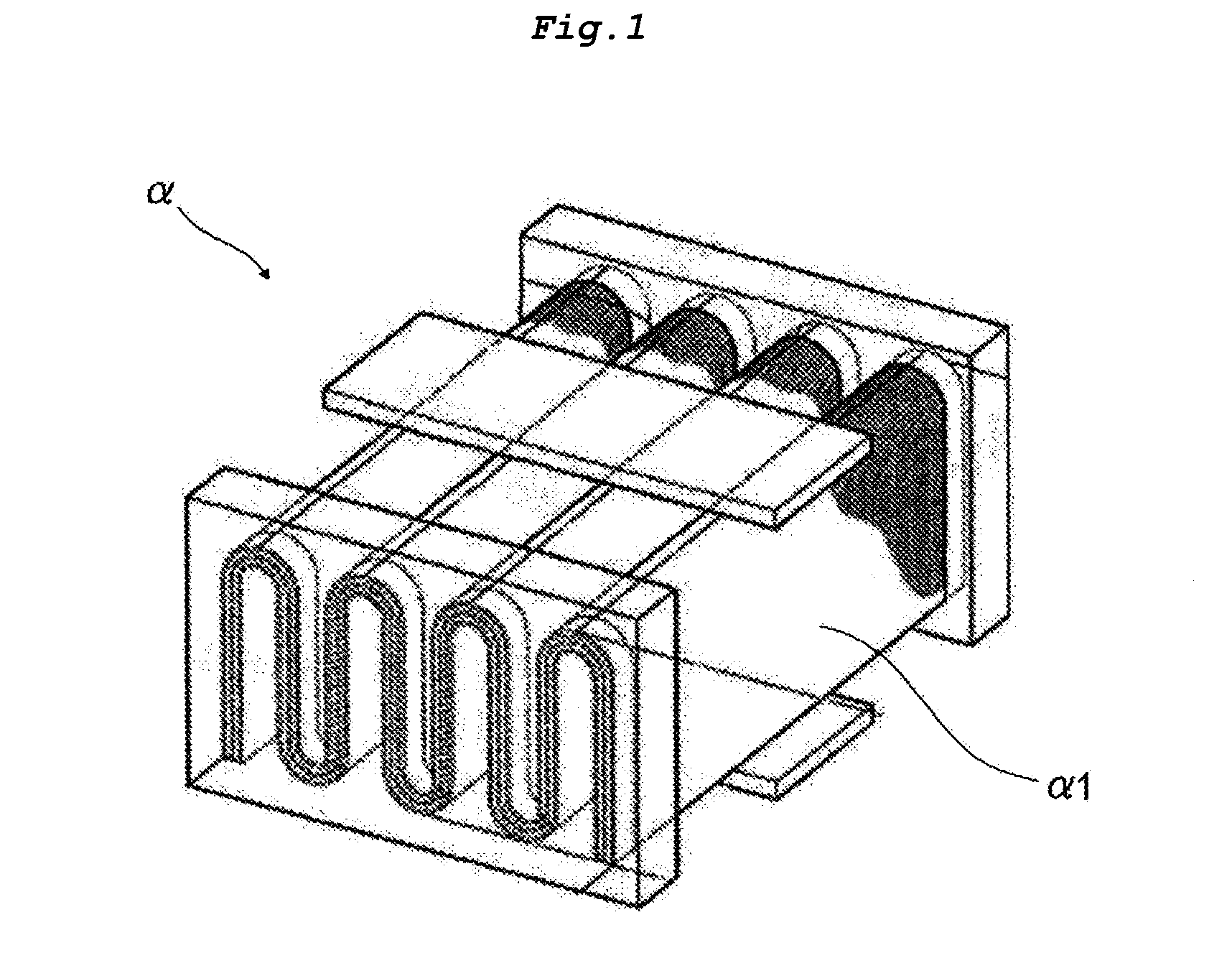Method and Apparatus for Reducing Nitrogen Oxides in Internal Combustion Engine
a technology of nitrogen oxide and internal combustion engine, which is applied in the direction of mechanical equipment, machines/engines, separation processes, etc., can solve the problems of increasing the restrictions on the emission of nos, and achieve the effects of reducing nitrogen oxides, reducing nitrogen oxides, and reducing nitrogen oxides
- Summary
- Abstract
- Description
- Claims
- Application Information
AI Technical Summary
Benefits of technology
Problems solved by technology
Method used
Image
Examples
example 1
[0140]In operation of an internal combustion engine system 7 shown in FIG. 10, the NOx concentration of the exhaust gas was measured, and the amount of moisturization of the air supplied to the internal combustion engine and the amount of the generated NOx was investigated. The internal combustion engine system 7 comprises an air supply pipe 71, three-way valves 721 and 723, a compressor (supercharger) 73, an intercooler (not shown), a circulating water pump 74, a hot water producer 75, the membrane module 1 (see FIG. 4), a sampling valve 76 and a diesel engine 77 connected to each other.
[0141]The membrane module 1 is a hollow fiber type membrane module. A membrane element fitted to the membrane module 1 was fabricated by winding, around a core bar by cheese winding, a hollow fiber ultrafiltration membrane (UF membrane) made of polyether sulfone having an inner diameter of 0.7 mm and an outer diameter of 1.0 mm serving as a support layer whose outer surface was coated with “Teflon (...
example 2
[0146]The same experiment as in Example 1 was conducted except that the humidity and relative humidity of the supply air used were changed to the values shown in Table 1, and the supply air pressure was changed to 80 kPaG. The result is shown in Table 1.
example 3
[0147]An internal combustion engine system was operated which was the internal combustion engine system in Example 1 in which the membrane module 1 was replaced with the flat membrane type membrane module described below. A polyethylene microporous membrane (having a mode diameter of 90 nm measured with a mercury porosimeter) was used as the support layer. The steam permeable membrane was fabricated by cutting the polyethylene microporous membrane to a width of 300 mm and coating one surface of the polyethylene microporous membrane with “Teflon (registered trademark) AF 1600” (manufactured by Du Pont) to a thickness of 1 μm or less with a microgravure coater (manufactured by Yasui Seiki Co., Ltd.).
[0148]Then, two spacers was prepared, the steam permeable membrane was placed between the two spacers, pleating of the steam permeable membrane was conducted to form pleats having a height of 40 mm with a pleating machine, and then, the resulting pleated steam permeable membrane was cut to...
PUM
 Login to View More
Login to View More Abstract
Description
Claims
Application Information
 Login to View More
Login to View More - R&D
- Intellectual Property
- Life Sciences
- Materials
- Tech Scout
- Unparalleled Data Quality
- Higher Quality Content
- 60% Fewer Hallucinations
Browse by: Latest US Patents, China's latest patents, Technical Efficacy Thesaurus, Application Domain, Technology Topic, Popular Technical Reports.
© 2025 PatSnap. All rights reserved.Legal|Privacy policy|Modern Slavery Act Transparency Statement|Sitemap|About US| Contact US: help@patsnap.com



